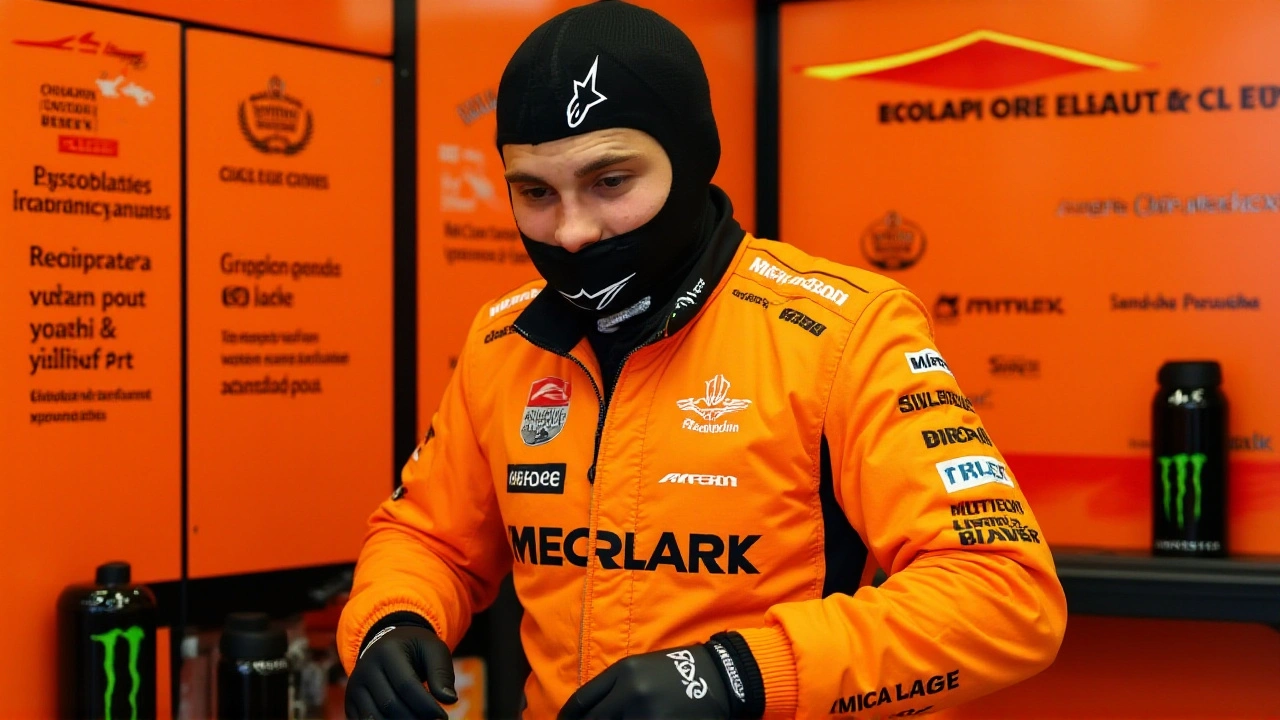
F1 Tags 2025 Singapore GP as Heat Hazard, Mandates Cooling Vests
FIA labels the 2025 Singapore Grand Prix a heat hazard, mandating driver cooling systems after Qatar’s heat‑related incidents, aiming to safeguard racers in extreme conditions.
When working with Driver Cooling System, the network of parts that pull heat away from the engine to avoid overheating. Also known as engine cooling system, it is essential for any car, truck or motorcycle. Without it, the engine would seize, fuel efficiency would drop and emissions would rise. Driver Cooling System design has stayed similar for decades, but modern materials and sensors make it more reliable today.
The heart of the system is the Radiator, a heat exchanger that moves heat from hot coolant to air flowing through its fins. When the engine runs, coolant circulates through the engine block, picks up heat, and then flows into the radiator. Air pushed by the Engine Fan, a mechanical or electric fan that forces air through the radiator when the vehicle is stationary or moving slowly speeds up cooling, especially in traffic jams.
But the radiator can’t work without the right fluid. Coolant, a mixture of water and antifreeze that transfers heat and prevents freezing or boiling circulates under pressure, raising its boiling point and lowering its freezing point. The correct concentration (usually 50/50) ensures stable temperature across seasons.
Temperature control is handled by the Thermostat, a valve that opens and closes to keep engine temperature within an optimal range. When the engine is cold, the thermostat stays closed, allowing the engine to warm up quickly. Once the target temperature is reached, it opens, letting coolant flow to the radiator. This simple device influences fuel economy, emissions and wear.
All these components form a loop: pump moves coolant, thermostat regulates flow, radiator releases heat, and fan assists when airflow is low. This loop is the backbone of any vehicle’s thermal management.
Maintaining the system is easier than you think. A regular visual inspection for leaks, topping off coolant levels, and flushing the system every two years keep everything running smooth. Replacing a worn thermostat or a stuck fan can restore performance without costly engine repairs.
In the collection below you’ll find articles that dive deeper into each part, show how to spot early warning signs, and explain why proper cooling matters for safety, fuel savings and longevity. Whether you’re a DIY enthusiast or just want to understand what’s under the hood, this roundup gives you practical insights you can use right away.

FIA labels the 2025 Singapore Grand Prix a heat hazard, mandating driver cooling systems after Qatar’s heat‑related incidents, aiming to safeguard racers in extreme conditions.